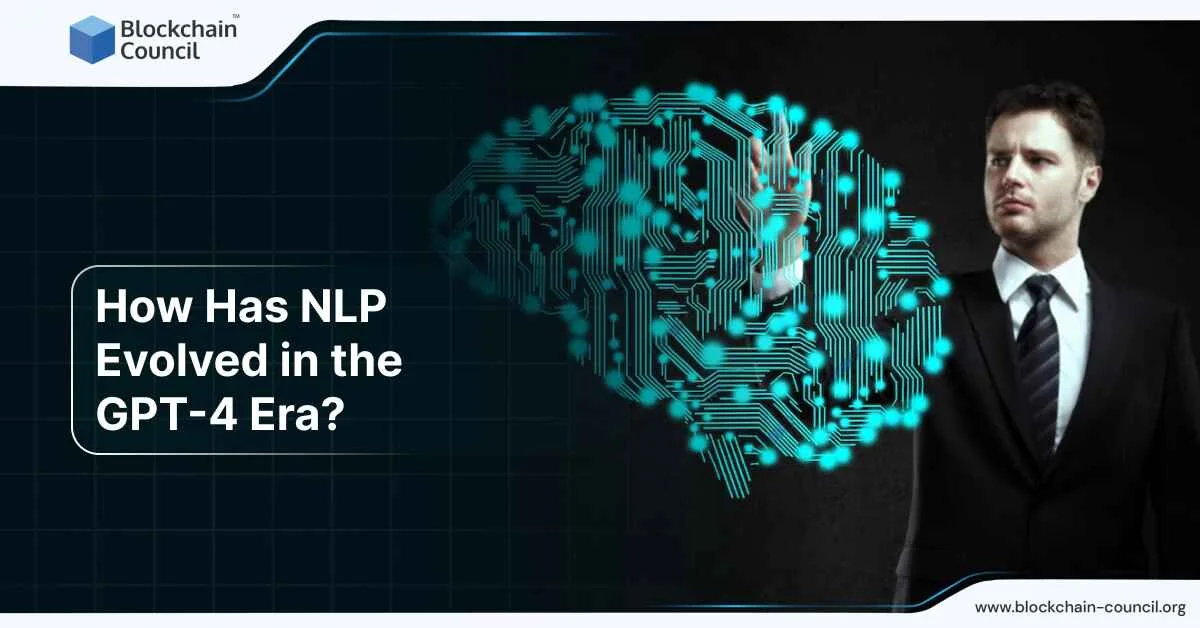
- Blockchain Council
- February 20, 2025
Natural Language Processing (NLP) is the technology that helps computers understand and use human language. It powers chatbots, voice assistants, translation tools, and more. Over time, NLP has improved a lot.
GPT-4o is the latest and most advanced AI model. It can process text, images, and speech at the same time. This makes AI interactions faster, smarter, and more natural than before.
Now, let’s break down how NLP has changed with GPT-4o.
What’s New in NLP with GPT-4o?
Faster, More Natural Conversations
Older AI models took longer to reply. They processed only one type of input at a time. GPT-4o removes these delays by handling text, images, and speech at the same time.
- AI chatbots now respond instantly.
- AI can read and describe images in real time.
- Voice assistants sound more natural and human-like.
Example:
A GPT-4o chatbot can look at a math problem, read it aloud, and explain the solution instantly. Older models couldn’t do this in real time.
Better Memory for Longer Conversations
Previous AI models forgot things in long chats. They repeated themselves or lost track of details. GPT-4o improves memory, making it more reliable.
- Customer support chatbots now remember past conversations.
- AI can help with long writing tasks without losing focus.
- AI assistants understand multi-step instructions better.
Faster and More Affordable AI
GPT-4o is quicker and cheaper to run. Businesses can now use advanced AI without high costs.
- AI tools are more accessible for small companies.
- Cloud-based AI services cost less.
- AI-powered apps work with lower processing power.
How Is GPT-4o Changing Different Industries?
Customer Support
AI chatbots are now faster and more human-like. They can handle both voice and text without delays.
- AI call centers replace human agents for basic support.
- Chatbots handle complex questions without generic answers.
- AI can analyze customer emotions and adjust responses.
Example:
Companies like Shopify and Airbnb are testing AI voice assistants for customer service in multiple languages.
Education
AI tutoring has moved beyond just text-based learning. GPT-4o can now teach through voice and visuals.
- AI tutors adjust to each student’s learning style.
- Students get personalized explanations based on their mistakes.
- AI study tools include voice and image support.
Example:
Khan Academy’s AI tutor now speaks and analyzes handwritten notes to help students.
Real-Time Translation
AI translation is now much faster and more accurate. GPT-4o makes instant, natural-sounding translations possible.
- Conversations can be translated live.
- AI understands regional accents and dialects.
- Speech-to-speech translation happens instantly.
Example:
OpenAI is testing real-time AI translators for business meetings, removing the need for human interpreters.
Legal and Business Documentation
GPT-4o makes reviewing and processing documents faster and more precise.
- AI scans contracts and finds hidden clauses.
- Lawyers use AI to summarize legal documents.
- AI helps businesses check compliance with regulations.
What Are the Challenges of GPT-4o?
Bias in AI Responses
Even with improvements, AI can still produce biased answers. Developers are working on:
- Expanding training data for fairer responses.
- Creating tools to track AI decision-making.
- Adding stricter filters to stop misinformation.
Job Loss in Some Sectors
AI is replacing some customer support and content creation jobs. At the same time, new roles are emerging in AI development and oversight.
Privacy and Security Risks
More advanced AI means more concerns about data security. Companies are working on:
- Giving users control over AI-collected data.
- Encrypting AI conversations to protect privacy.
- Following stricter laws for ethical AI use.
What’s Next for NLP Beyond GPT-4o?
AI That Learns Instantly
Future AI models will improve without constant updates. They will:
- Adapt based on user interactions.
- Learn from real-world events in real time.
- Get smarter without needing new training data.
AI Replacing Search Engines
Traditional search engines rely on keywords. AI is shifting towards direct, accurate answers.
- AI will provide full responses instead of just showing links.
- It will understand the meaning behind search queries.
- Voice search will give real-time spoken answers.
AI-Generated Writing That Feels Fully Human
Future AI content will be nearly impossible to tell apart from expert human writing. It will:
- Match the user’s writing style perfectly.
- Be fully personalized for different audiences.
- Generate new insights by analyzing research data.
Final Thoughts
GPT-4o has changed NLP from simple text-based AI to real-time multimodal interaction. Industries are rapidly adopting AI for customer support, translation, education, and legal work. Challenges remain, such as bias, privacy risks, and workforce changes. Future AI developments will focus on making models smarter, more ethical, and more adaptable. As AI becomes a bigger part of daily life, businesses and individuals need to prepare for a world where AI understands and interacts more naturally than ever.

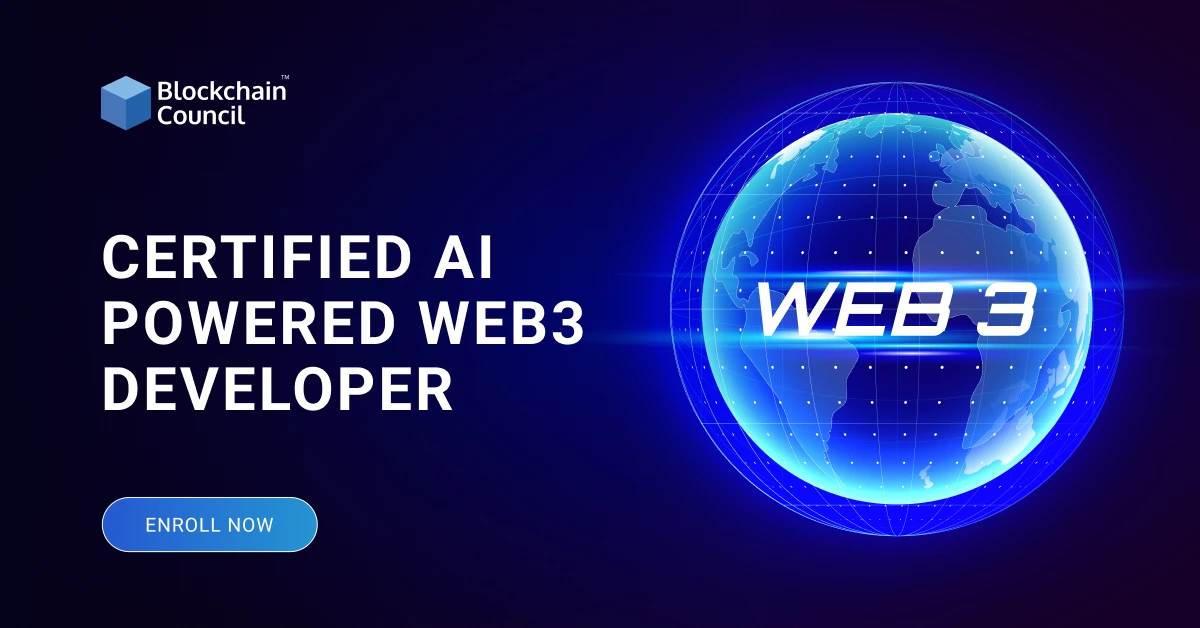


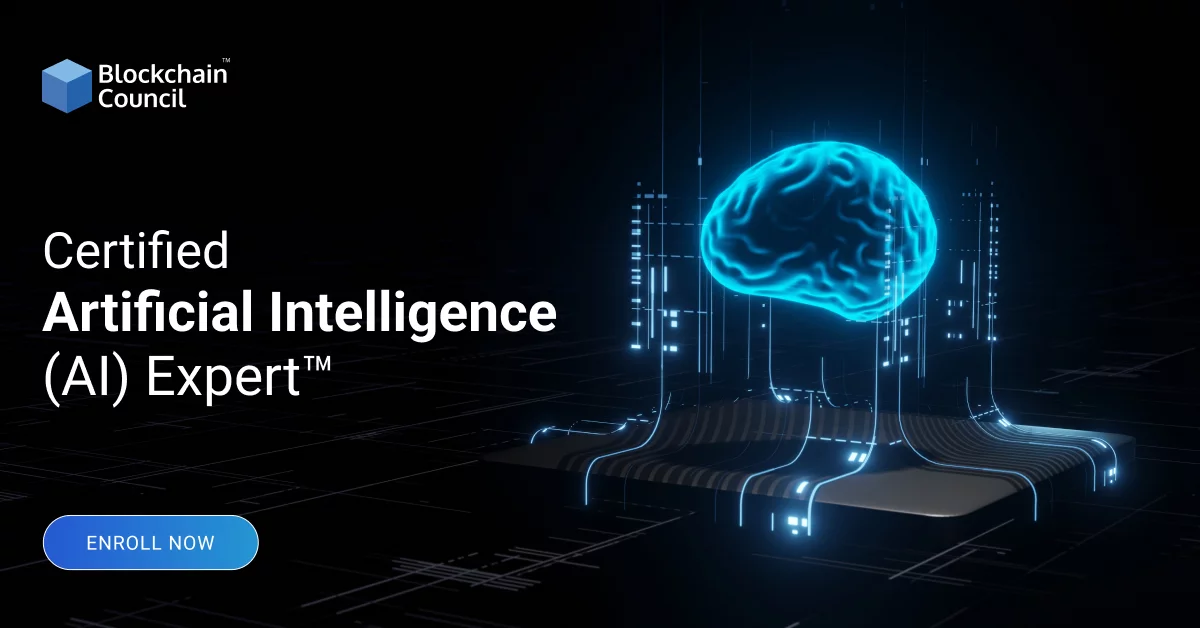
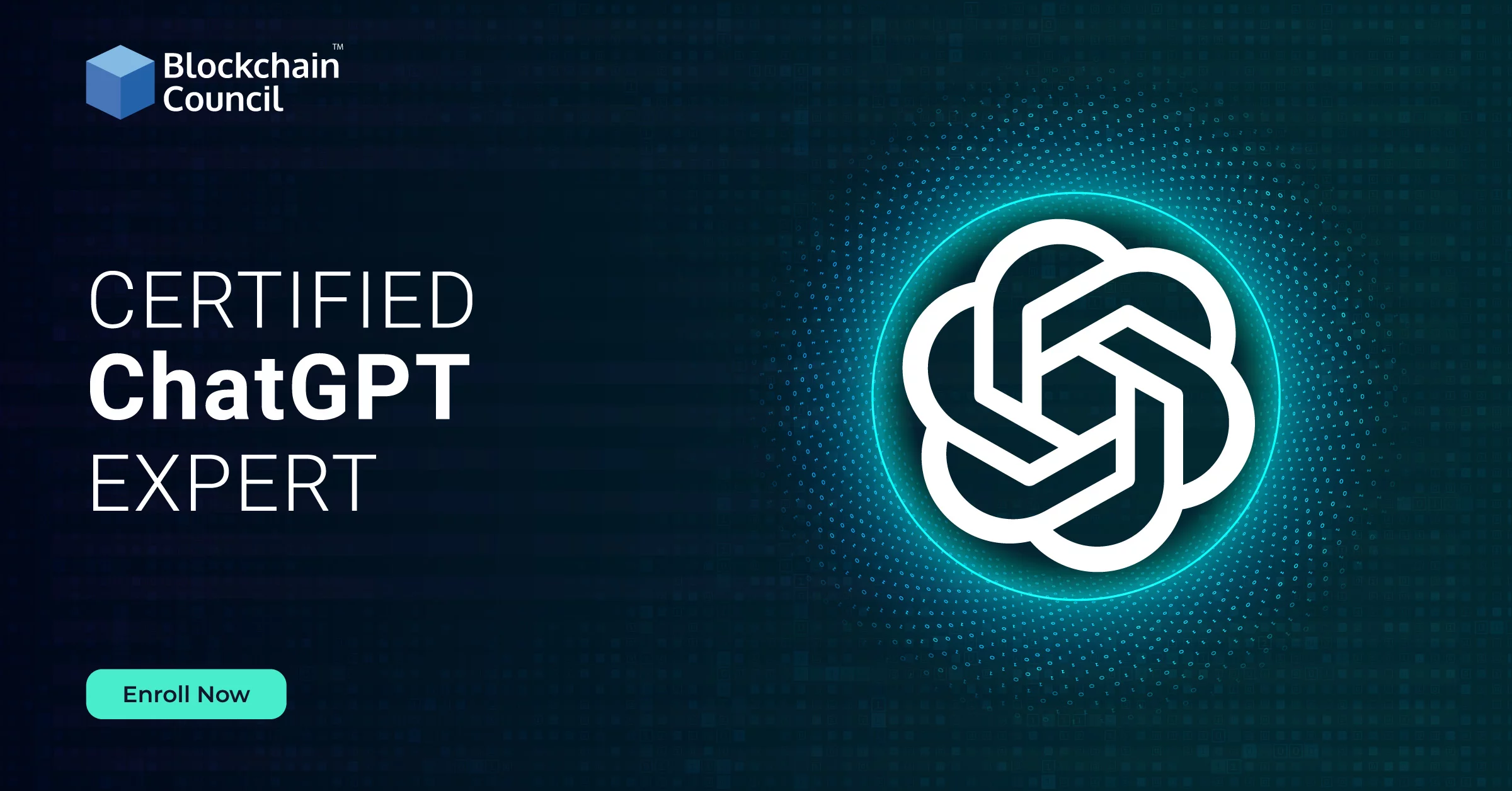
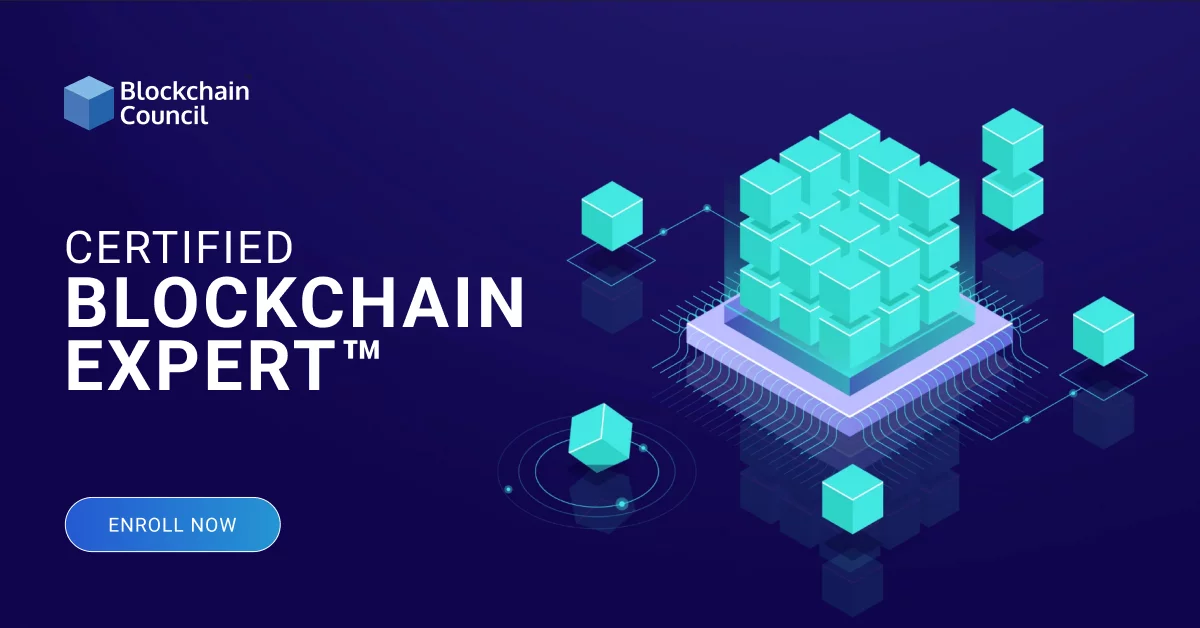
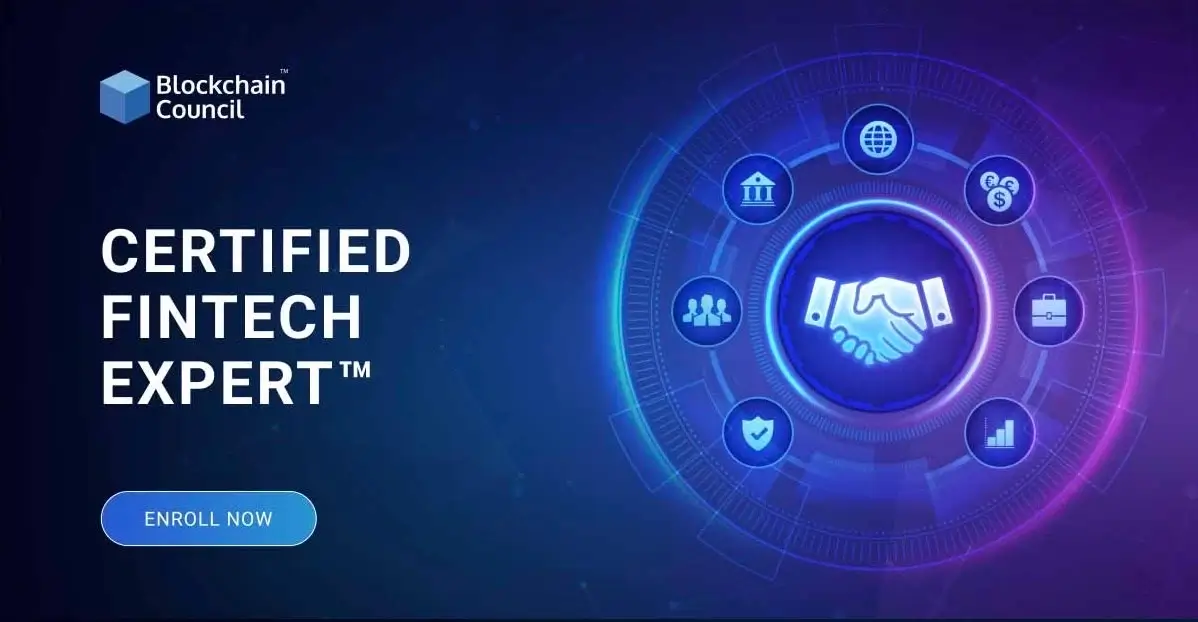


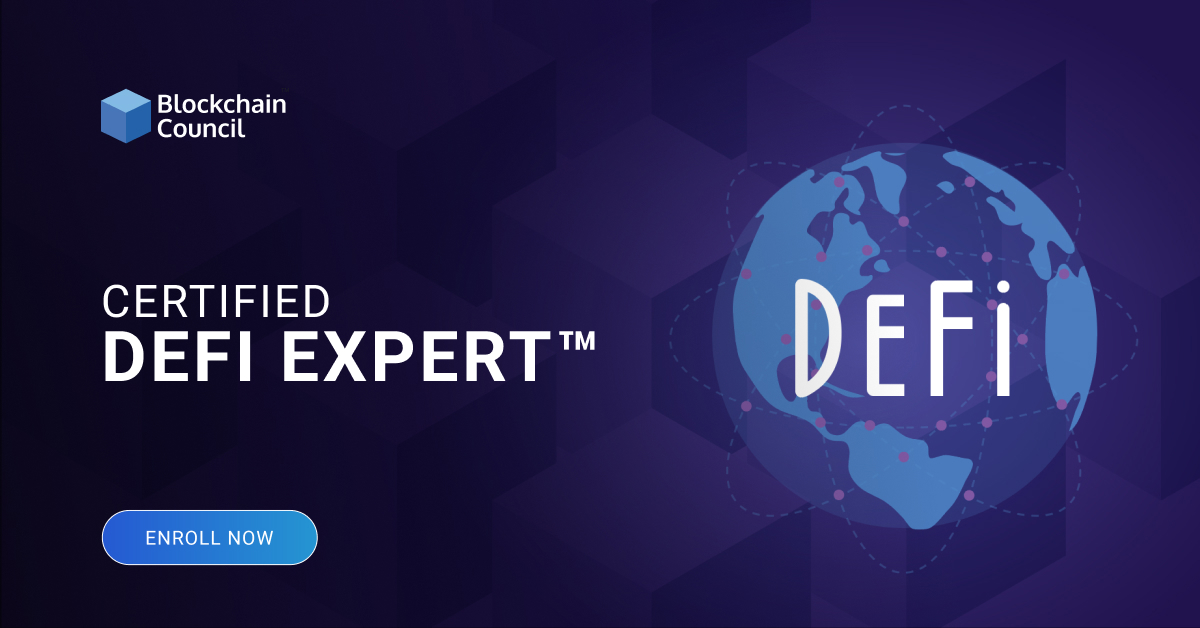
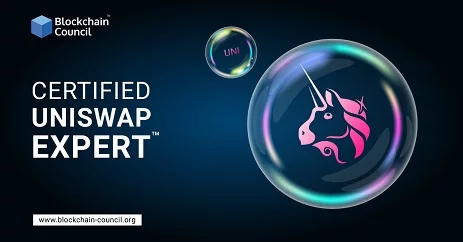
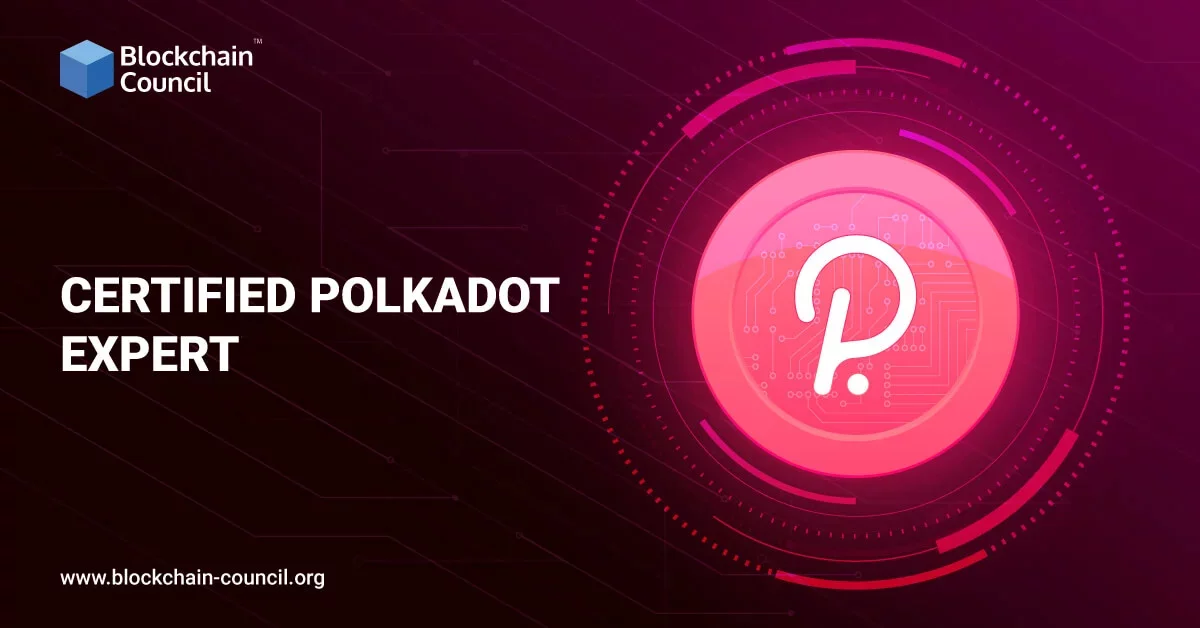

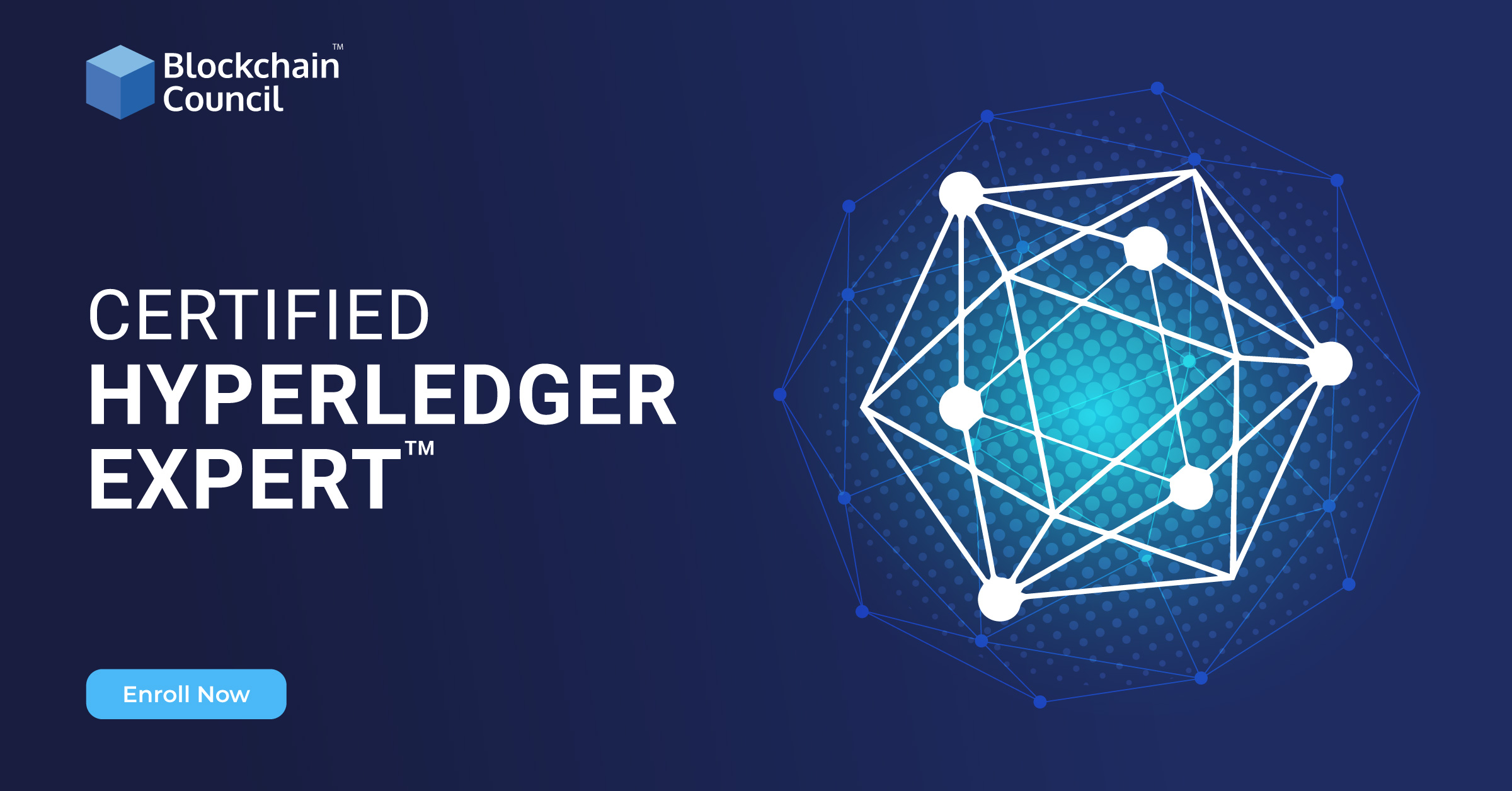
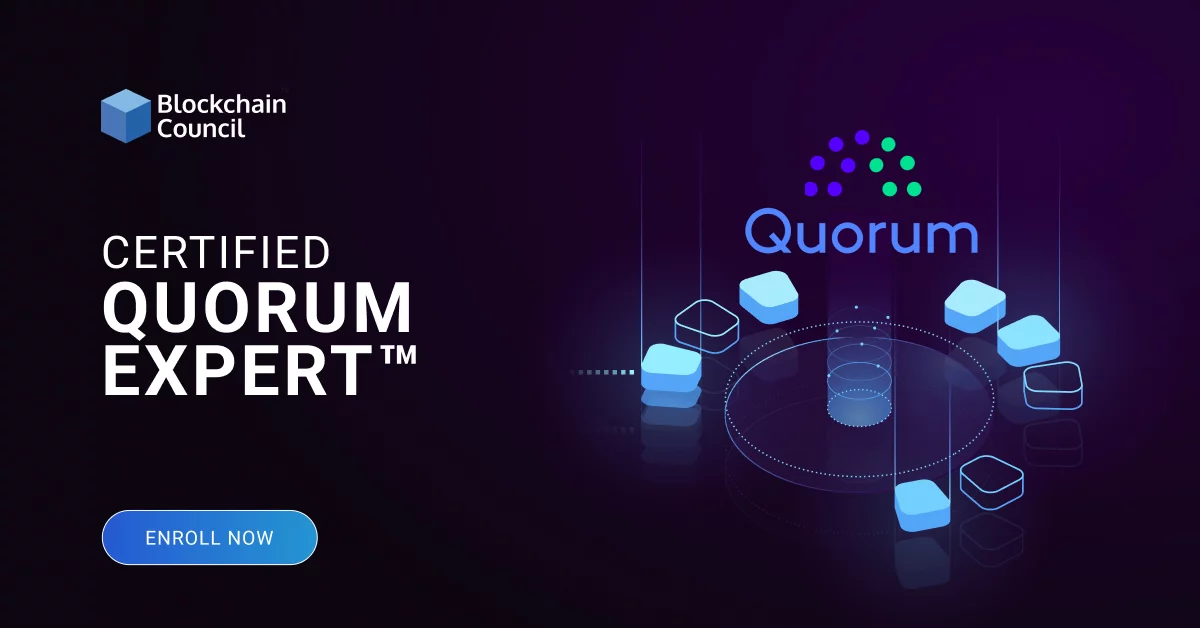
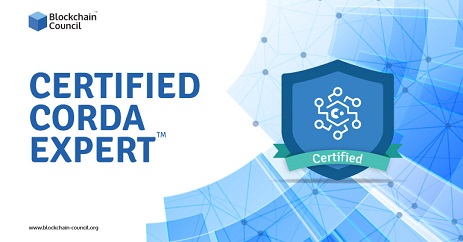

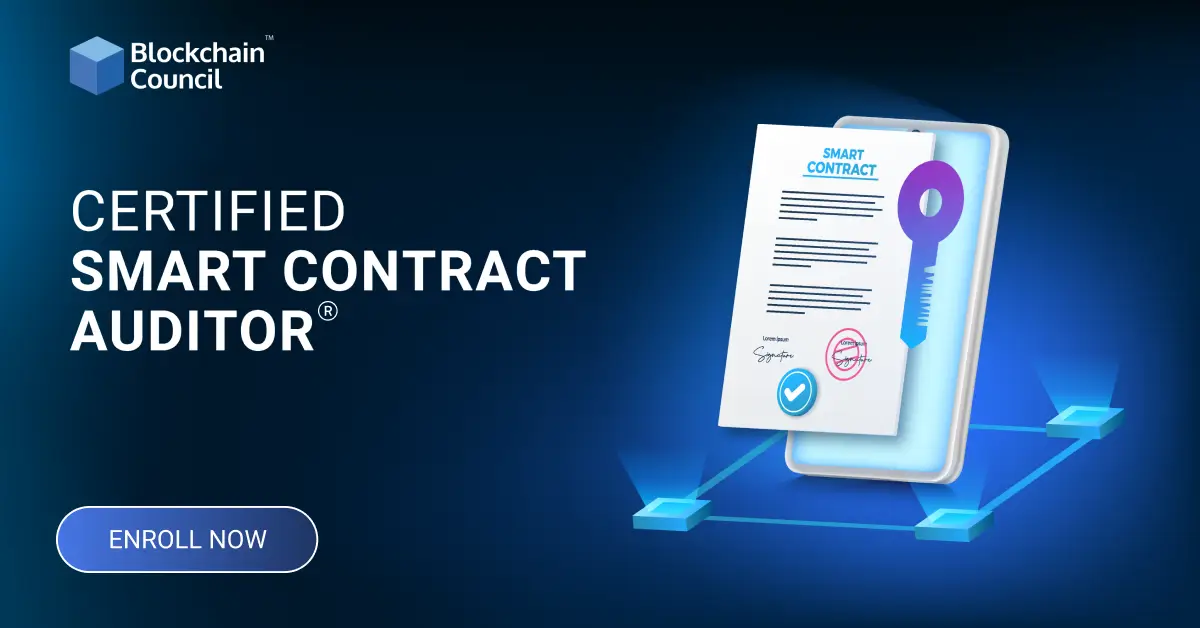
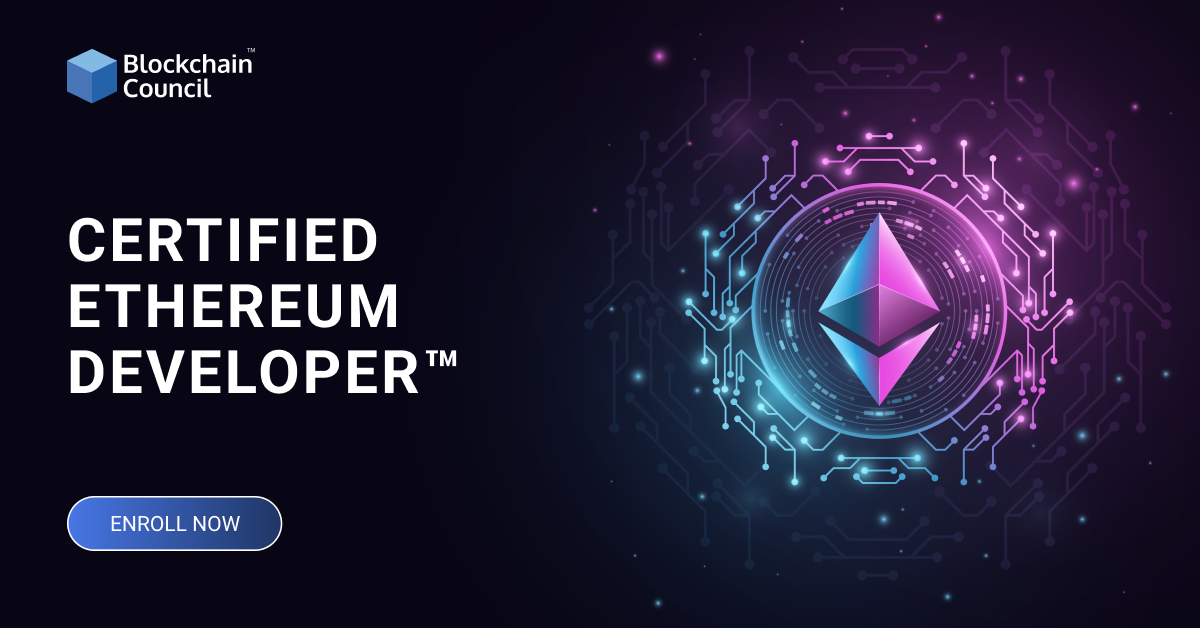
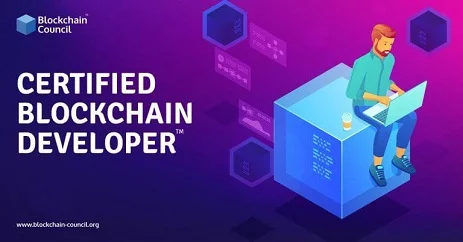
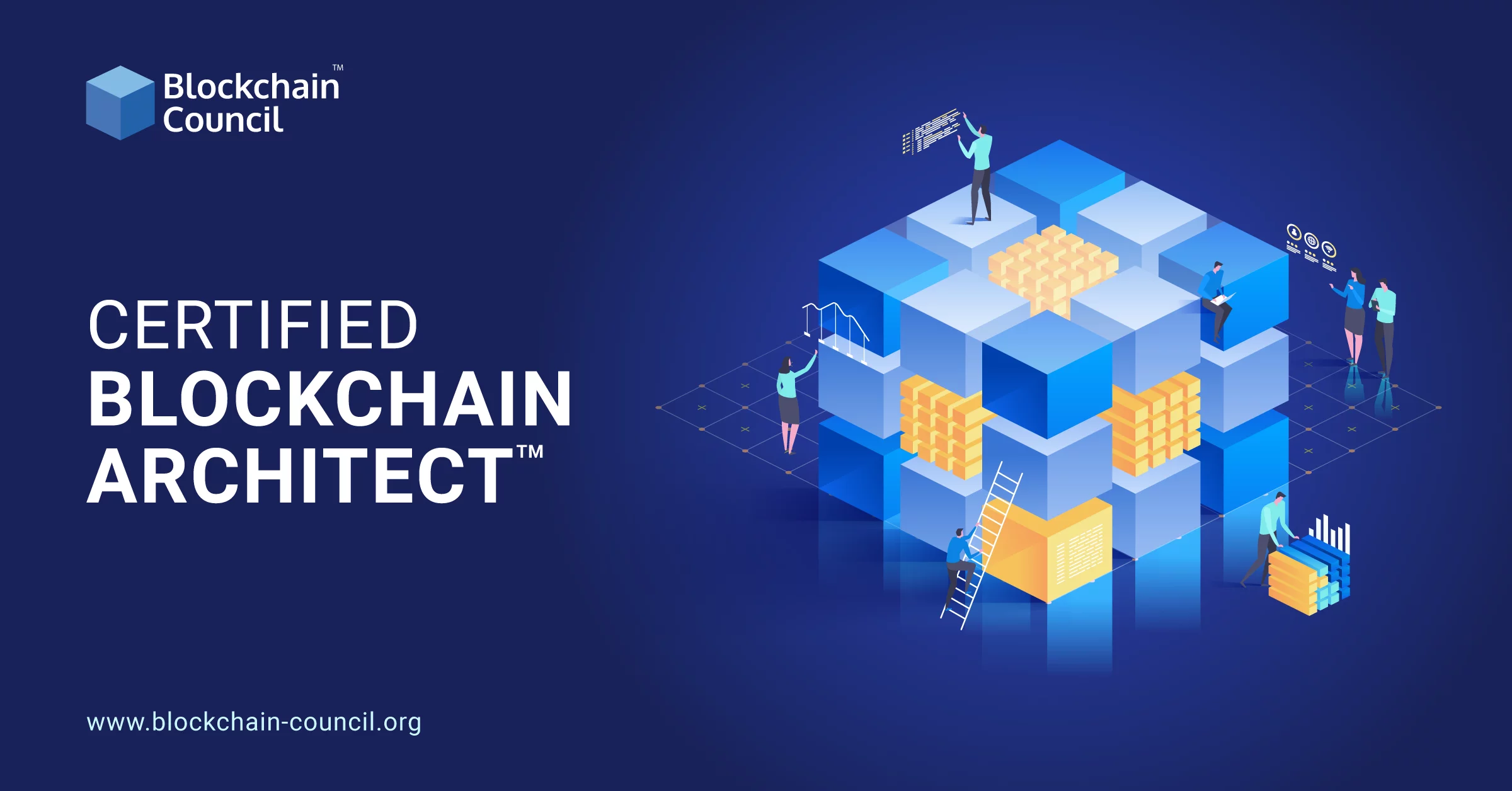

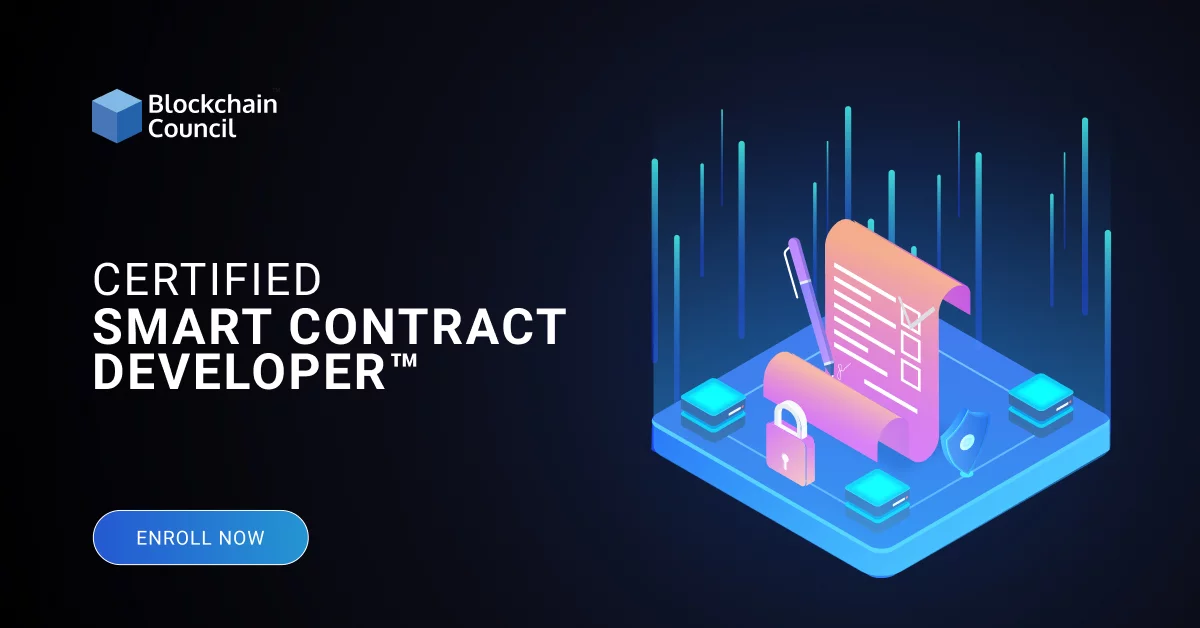


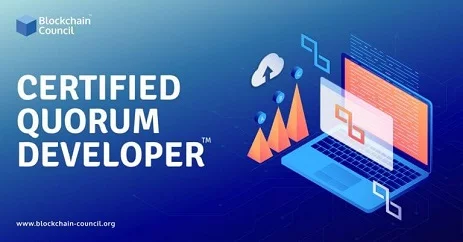
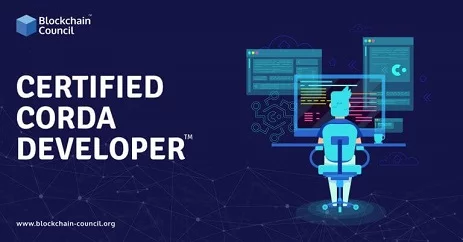

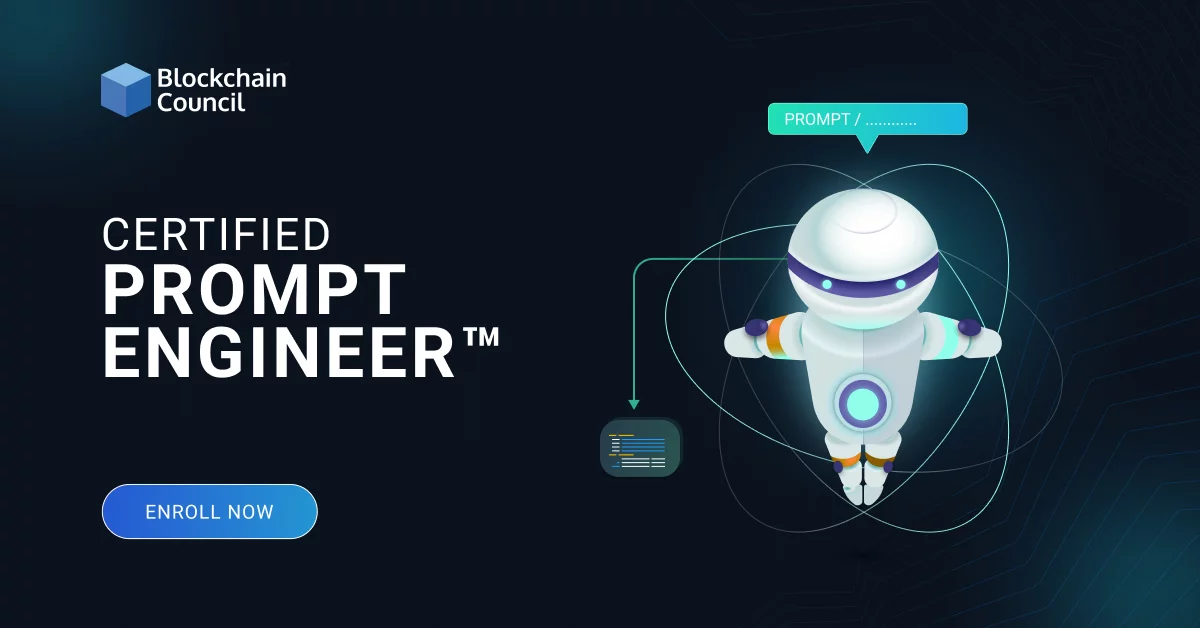
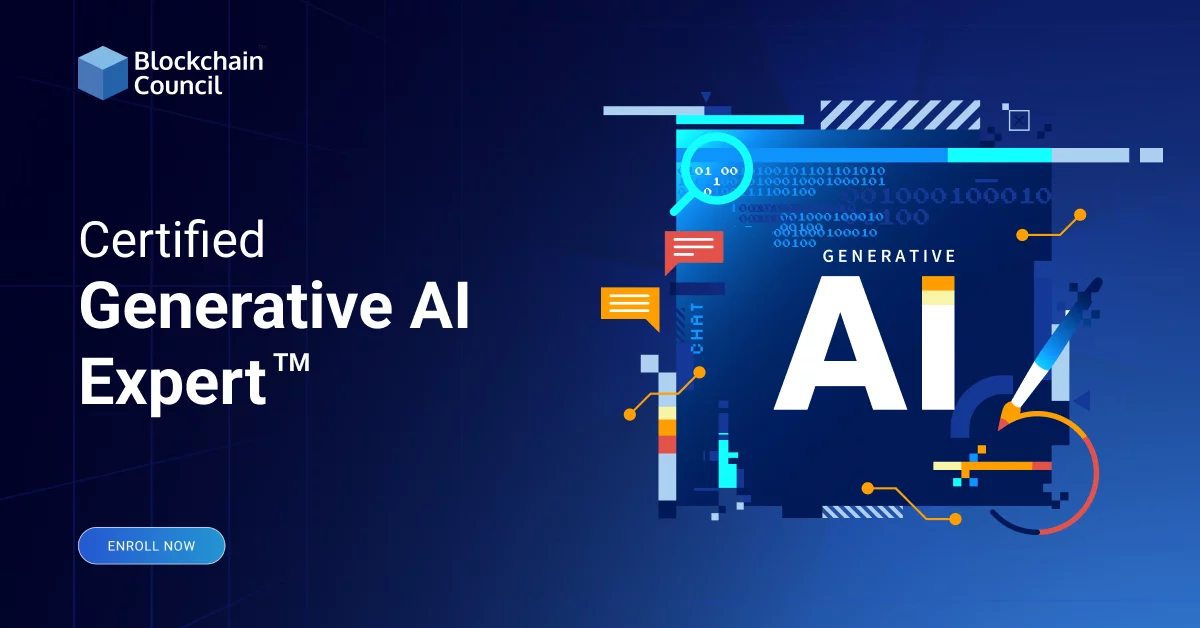
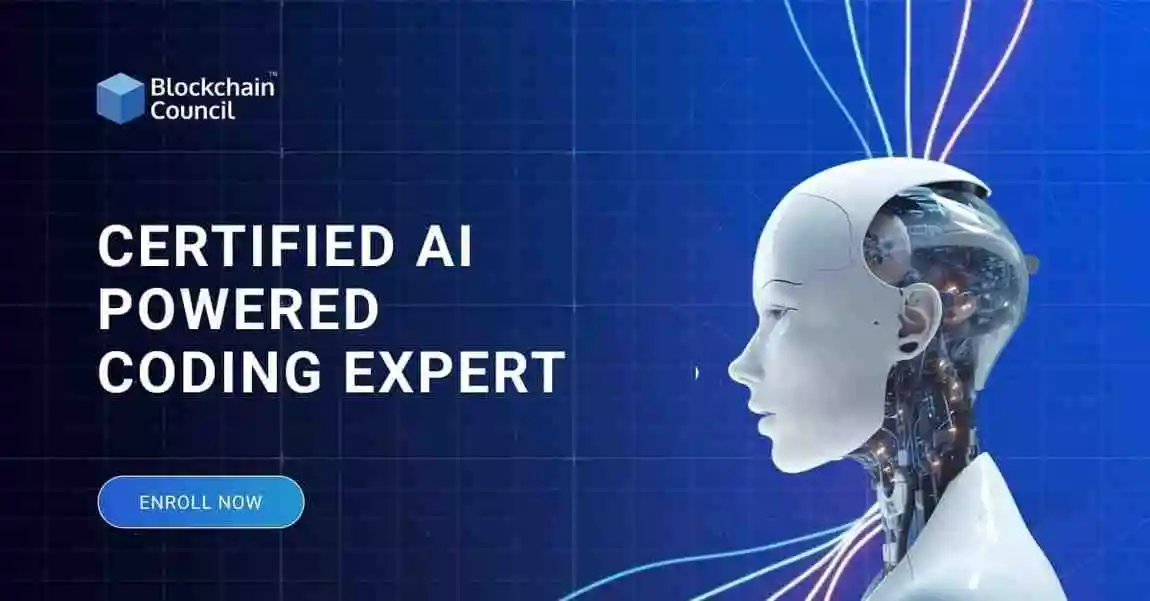
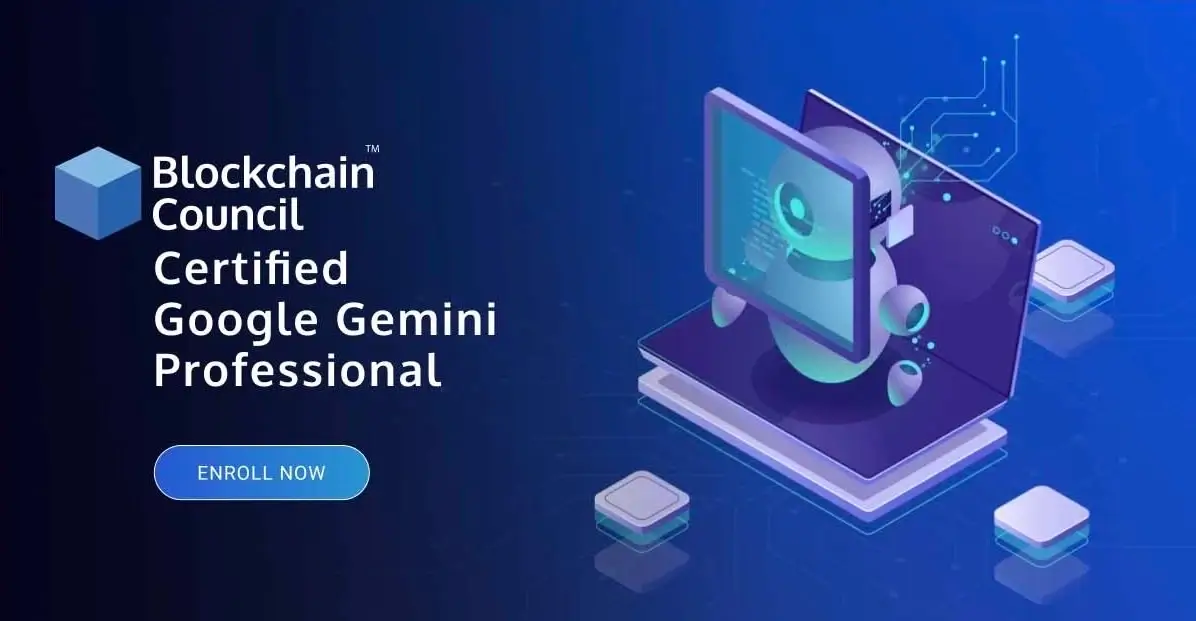
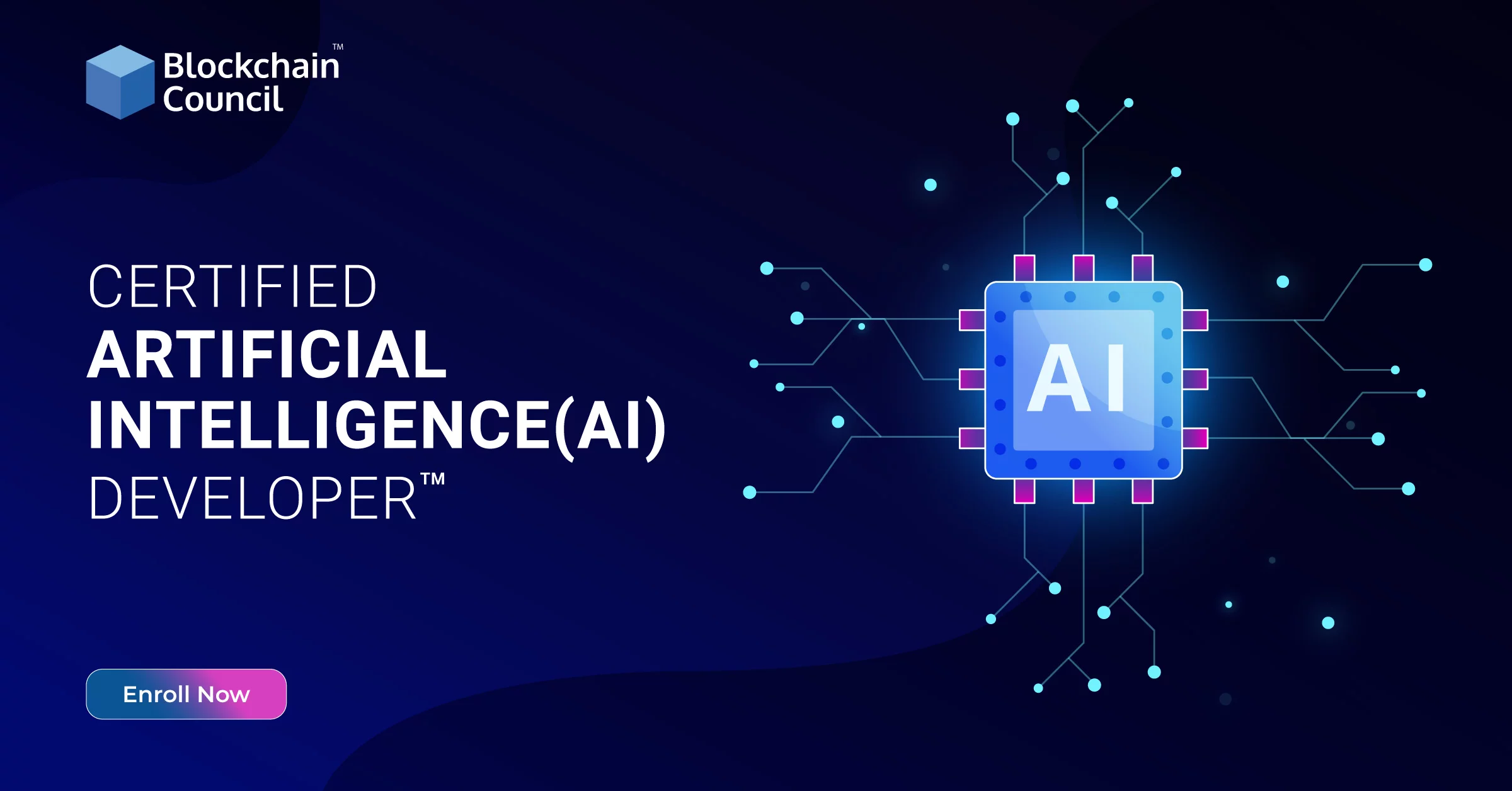
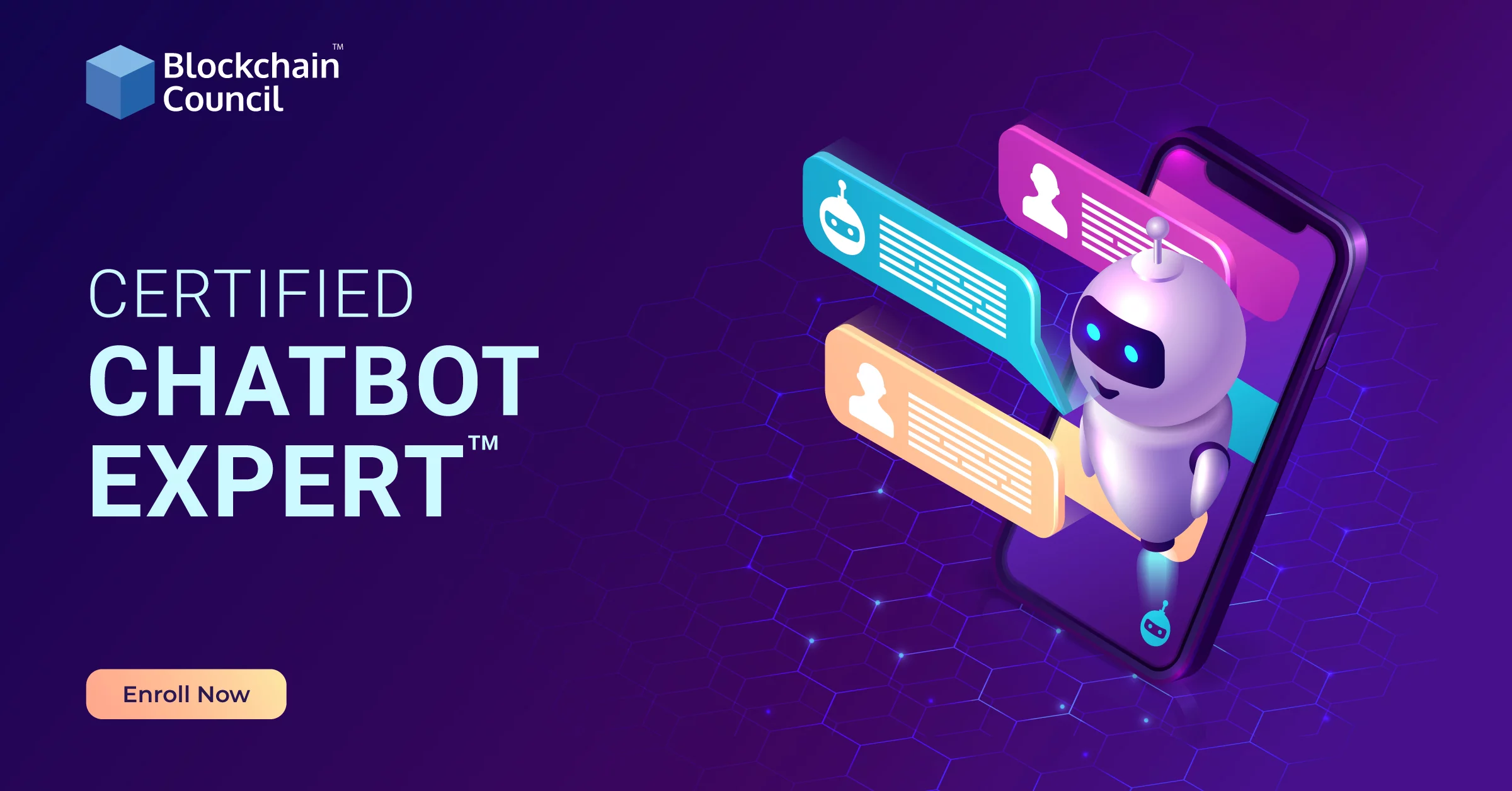
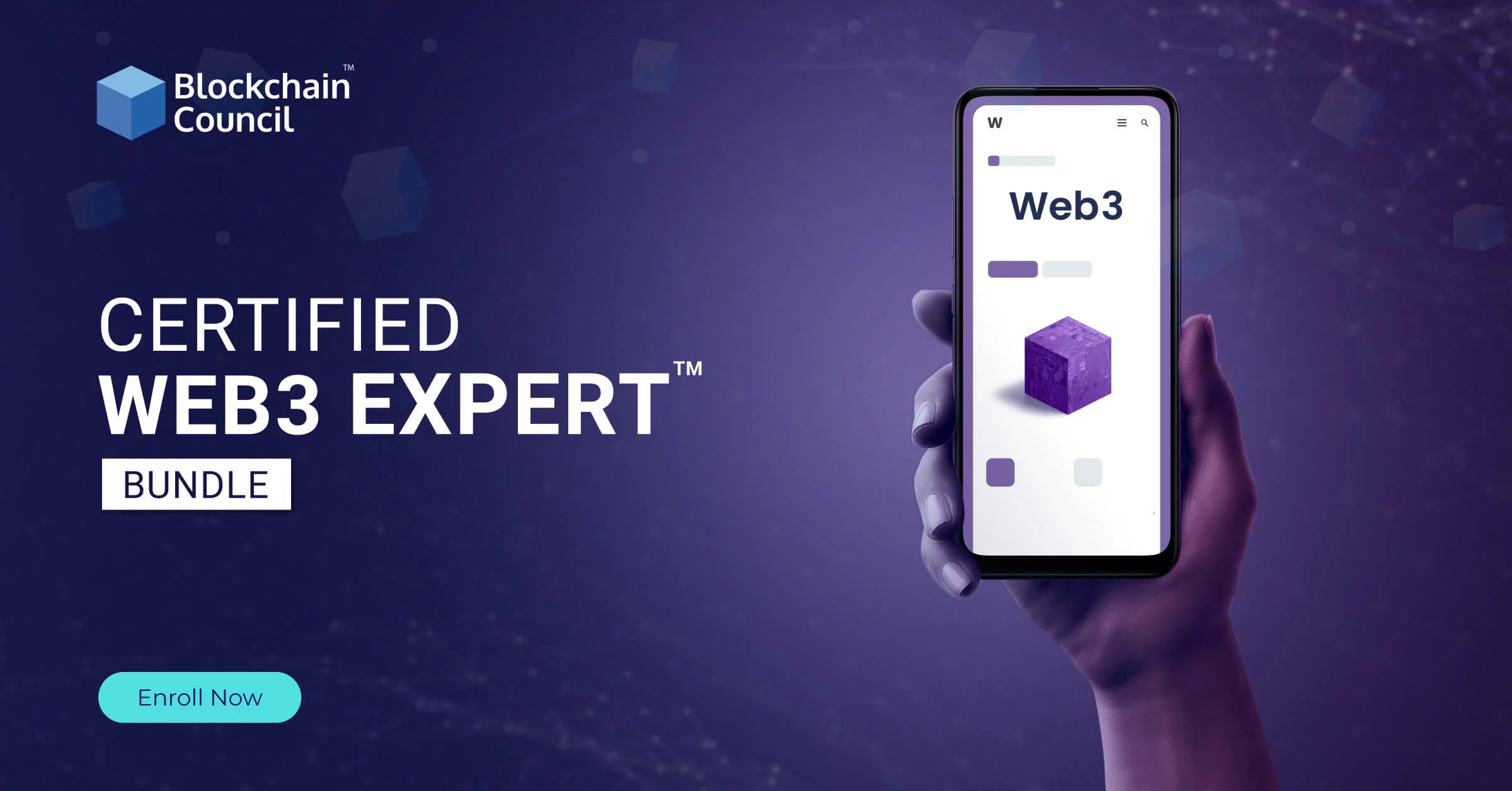
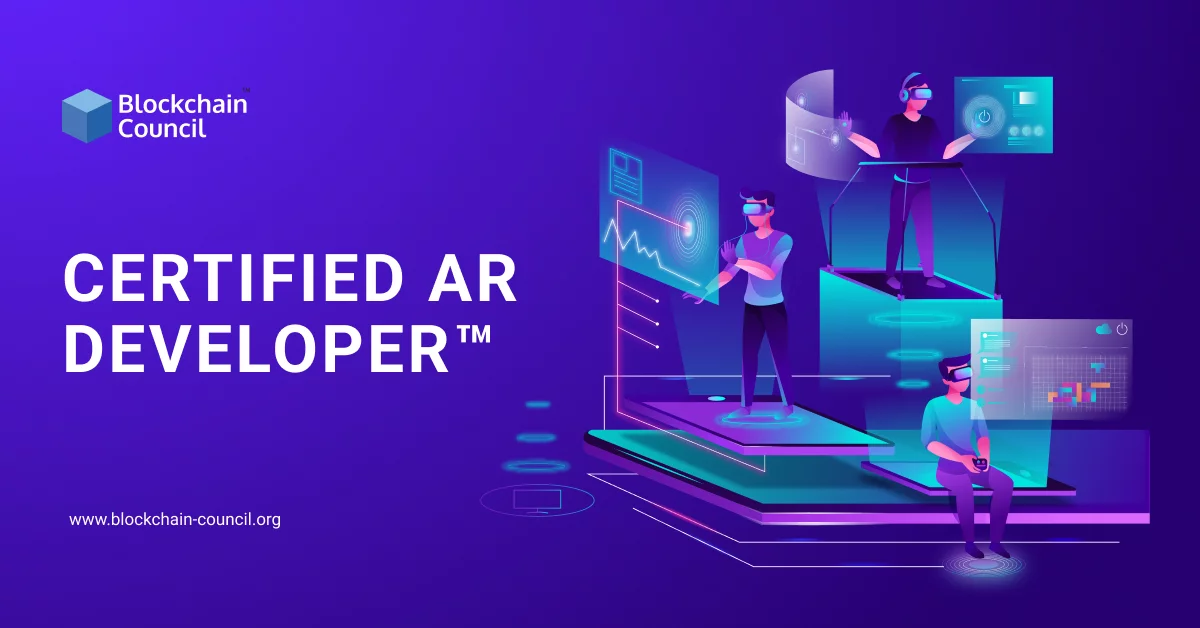
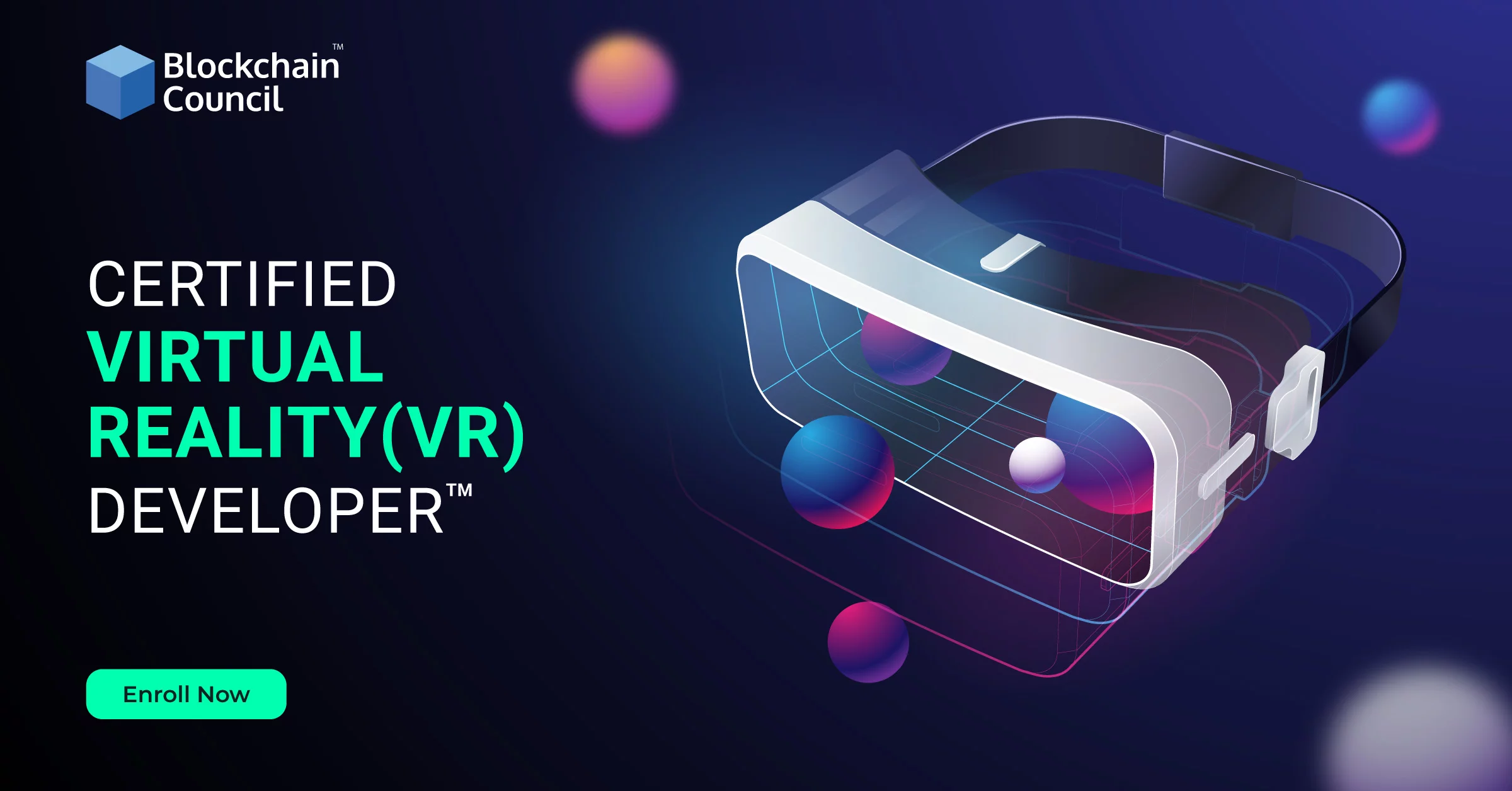
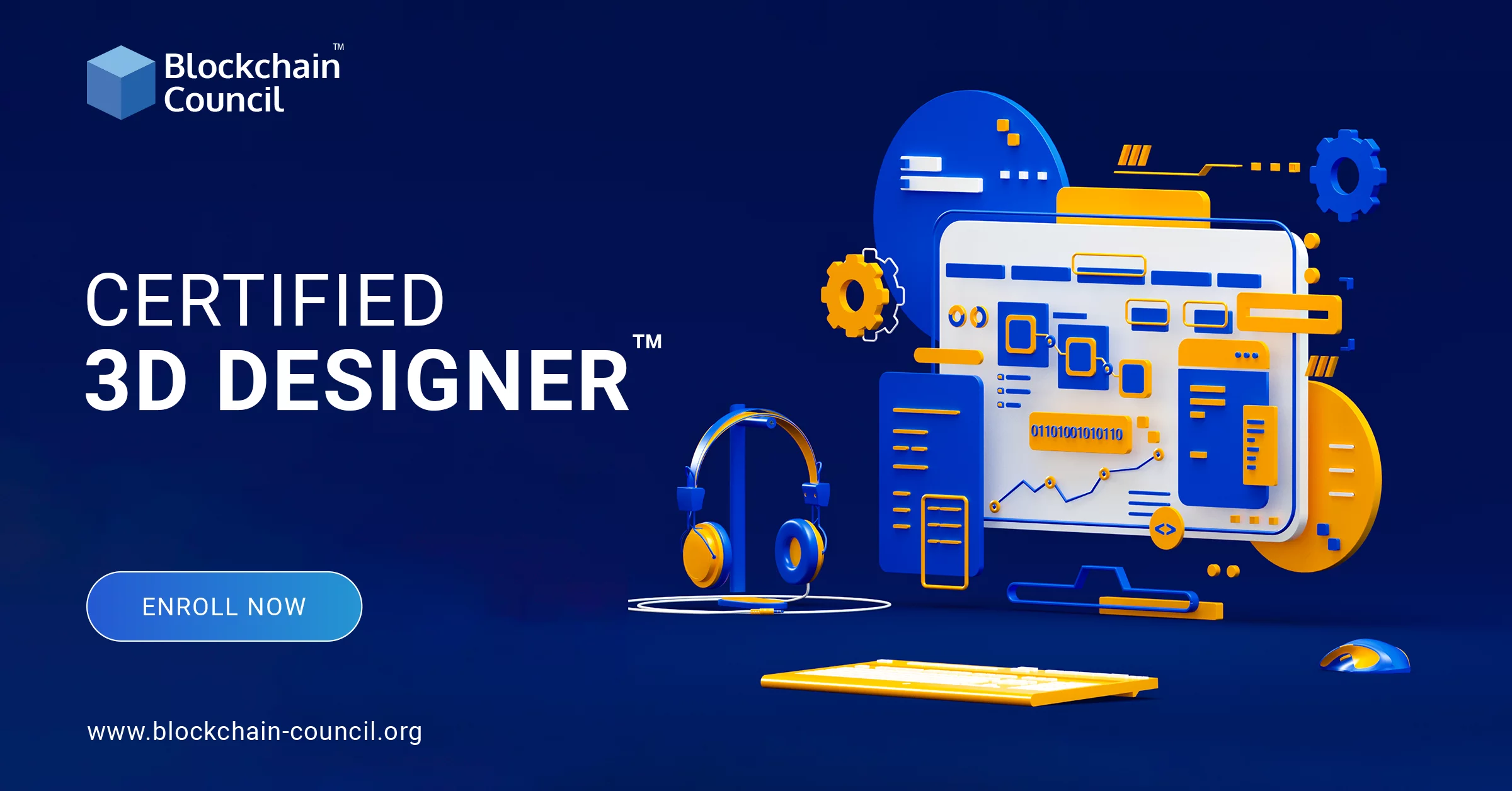
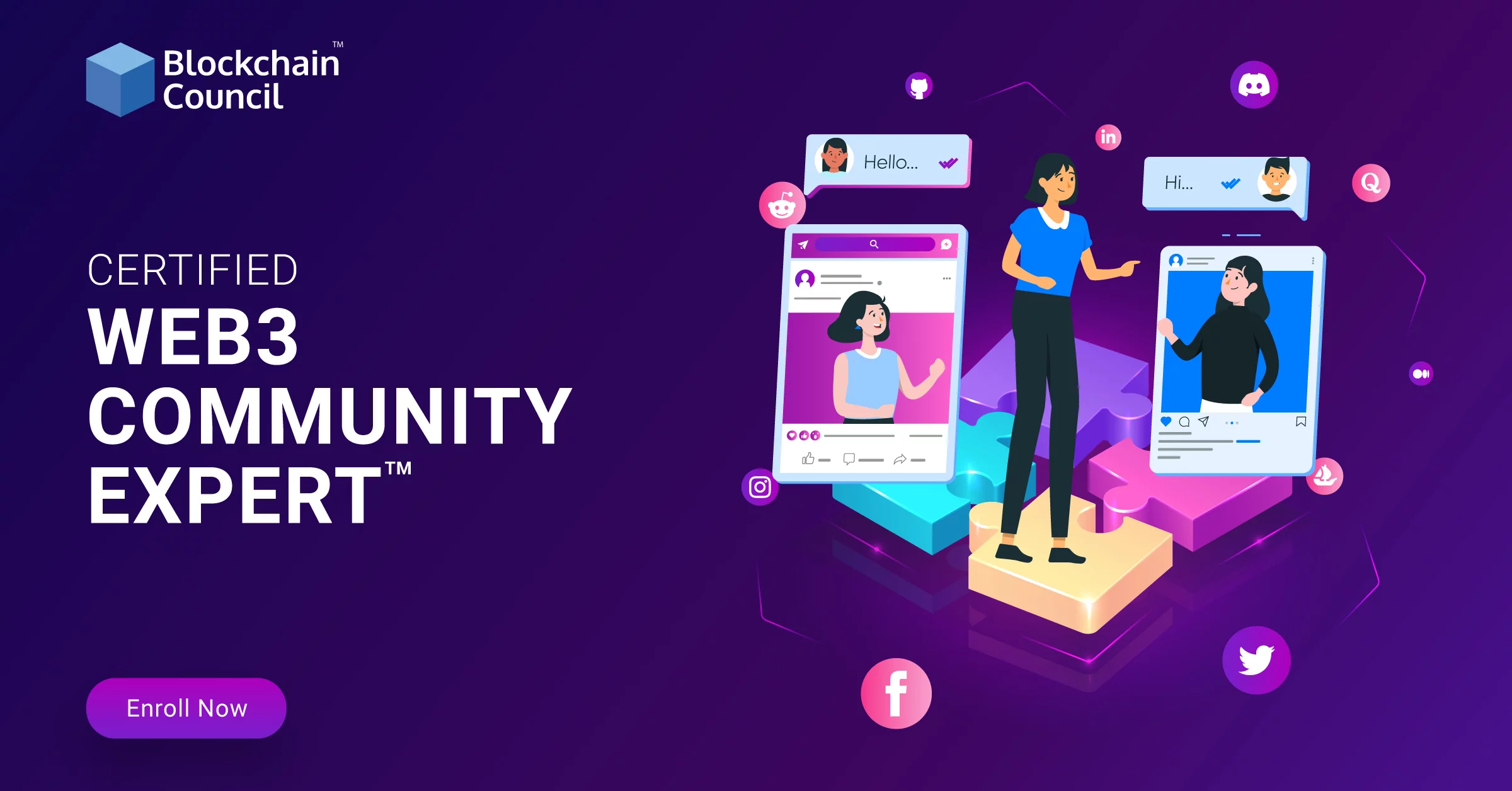
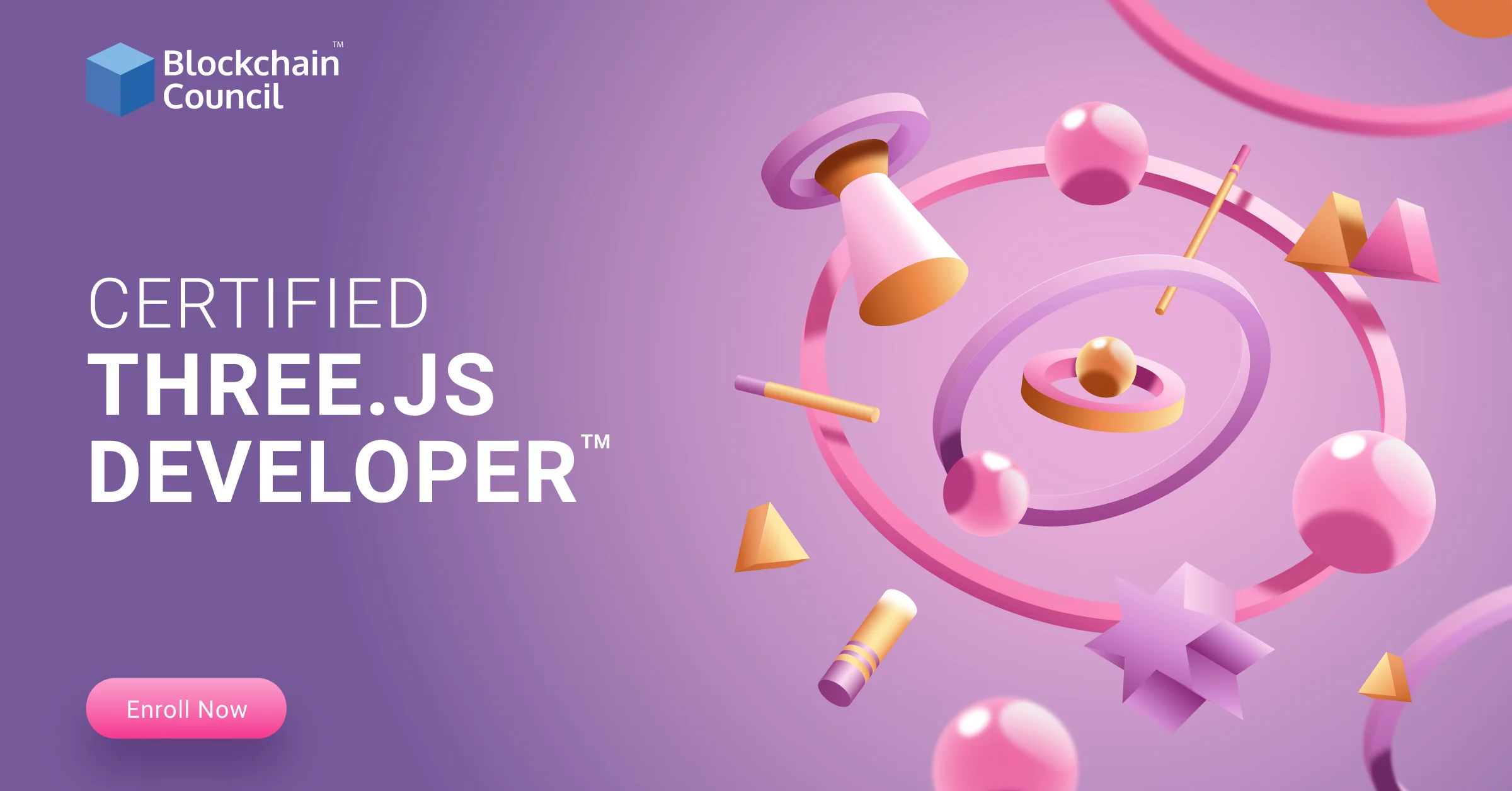
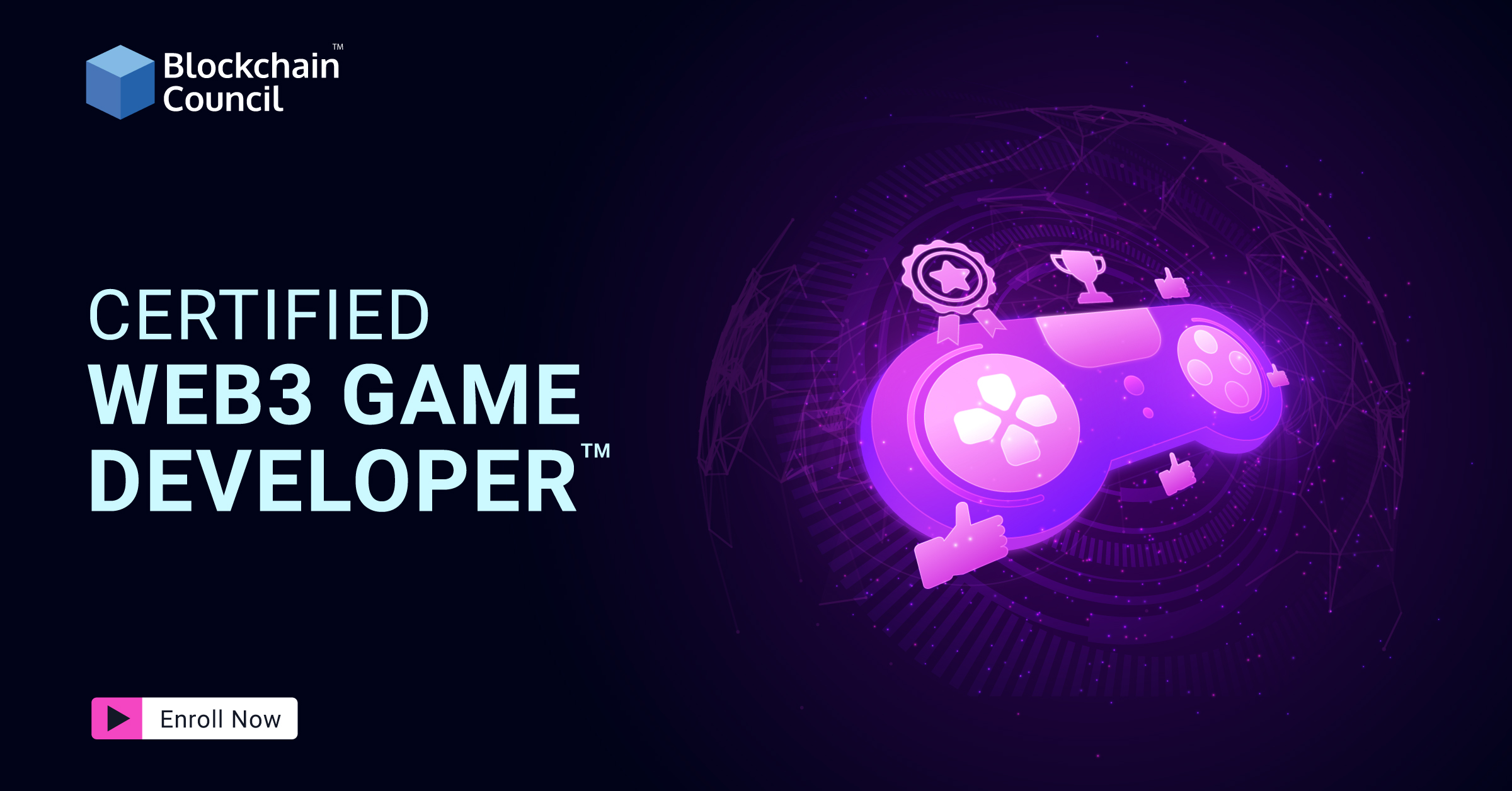
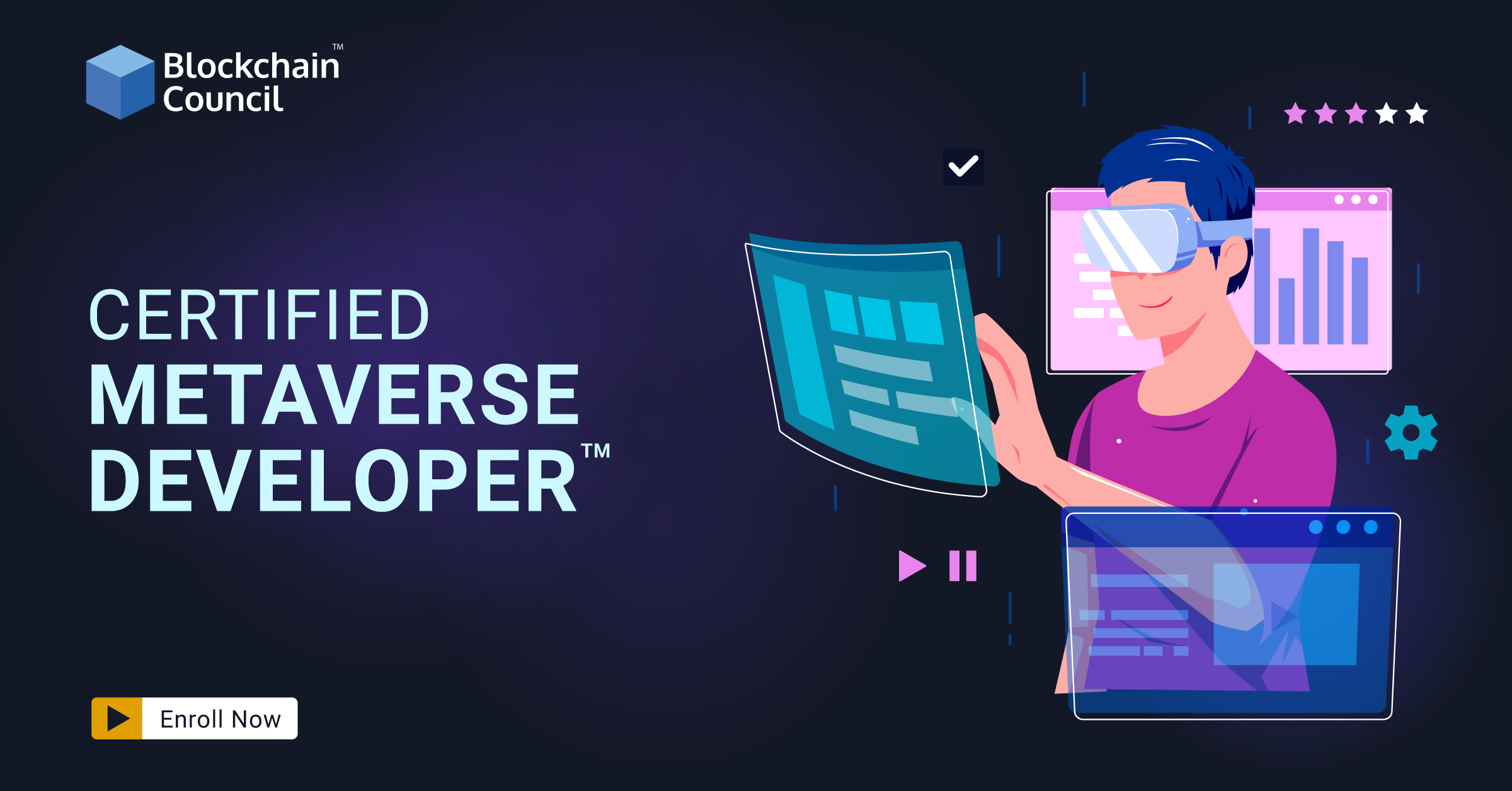
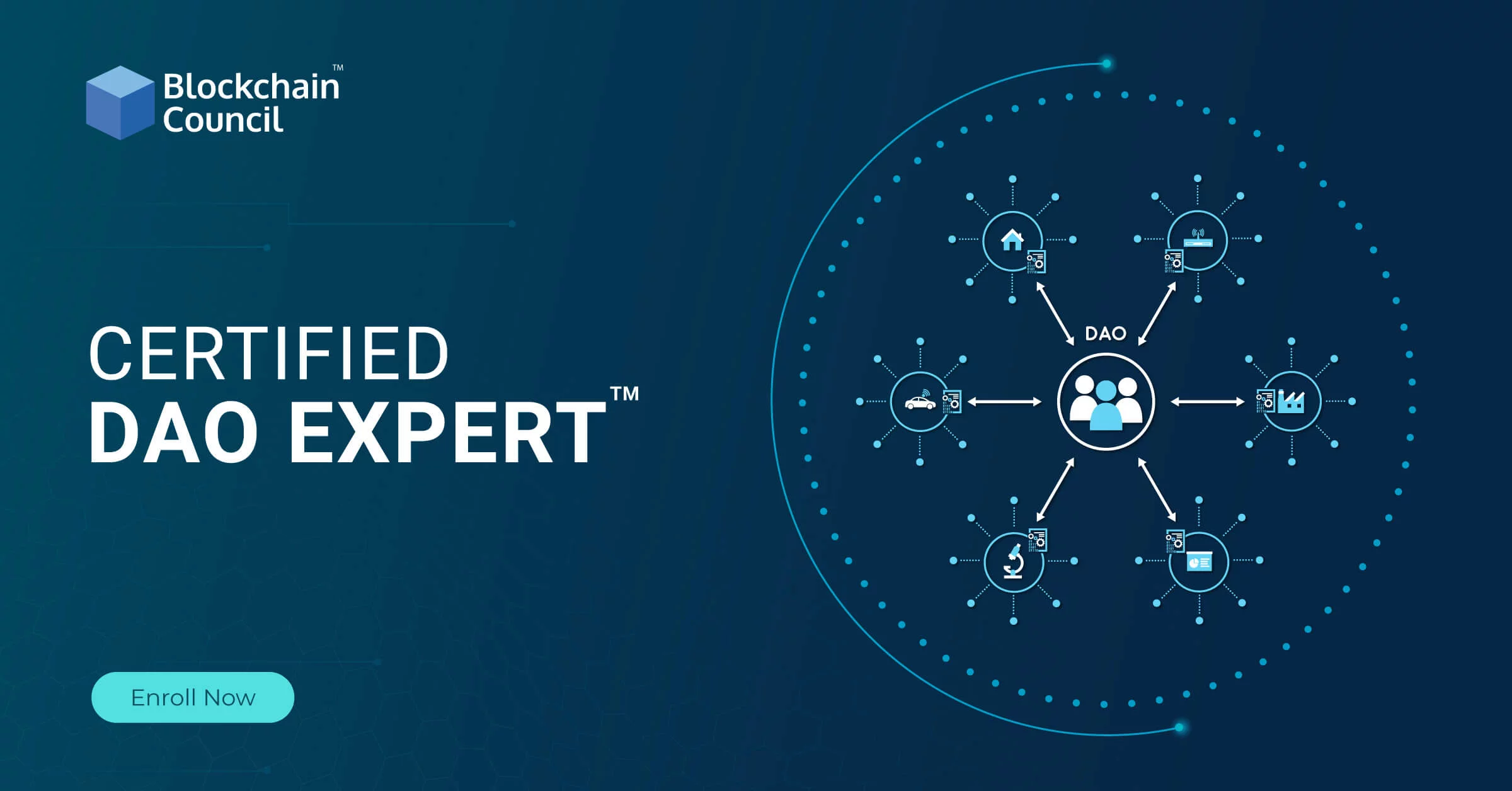
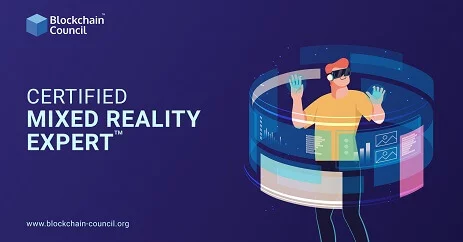
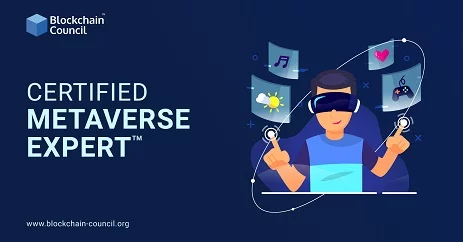
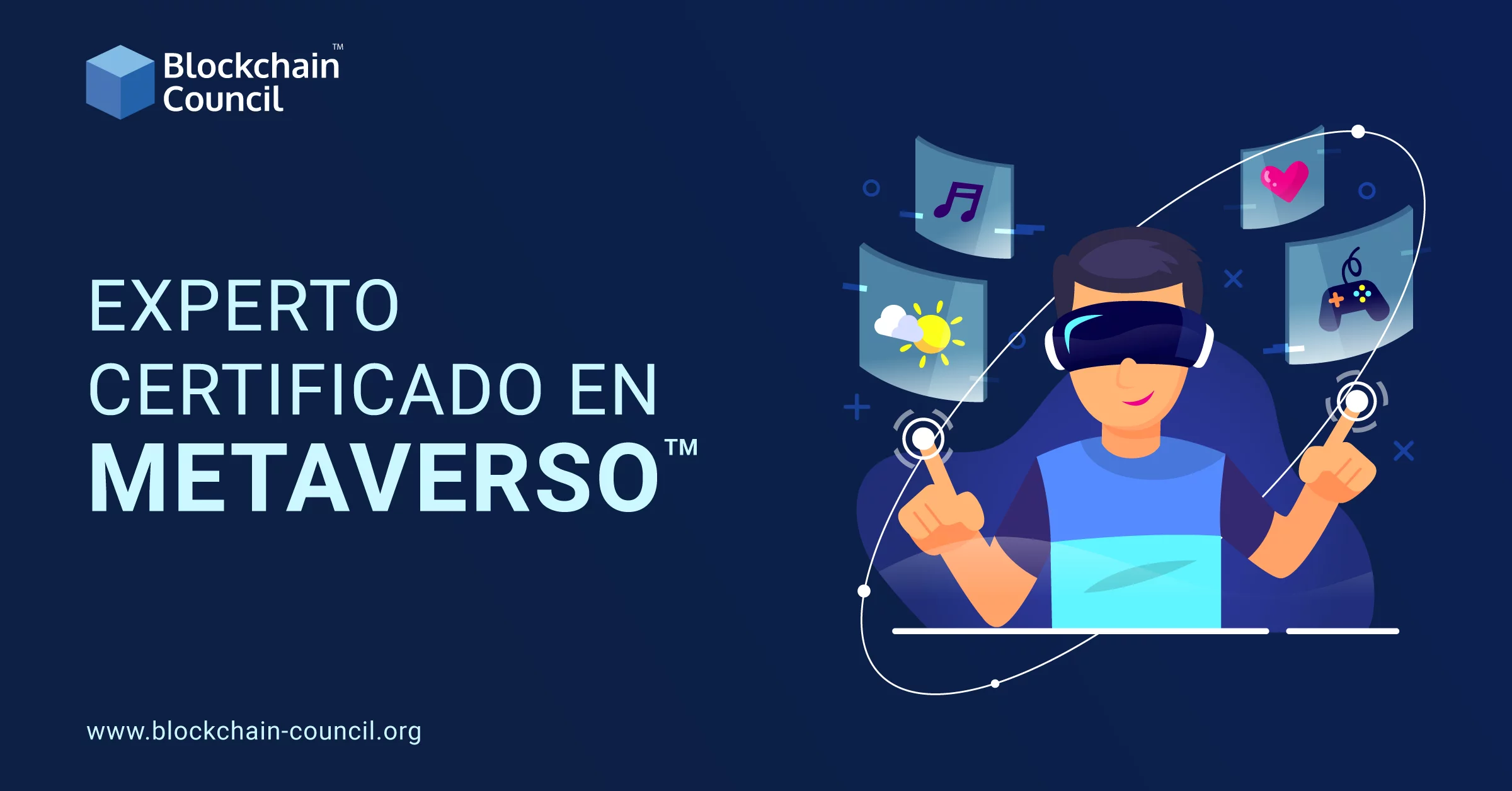



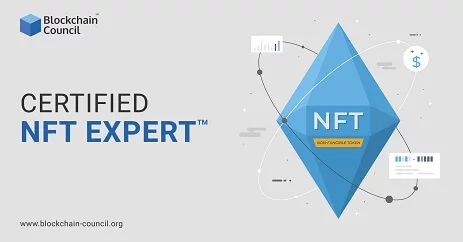
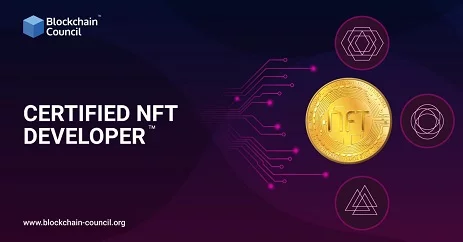
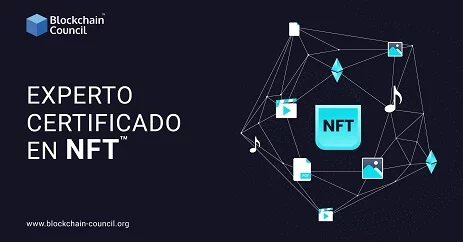



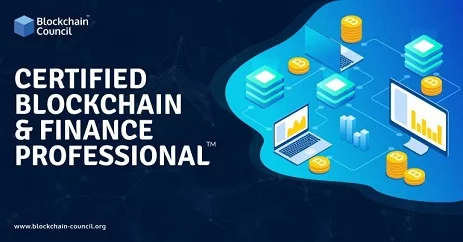


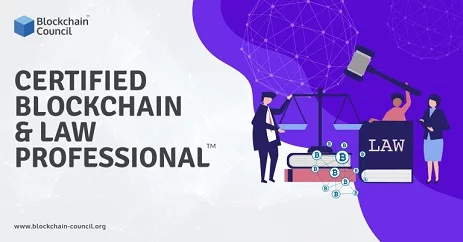
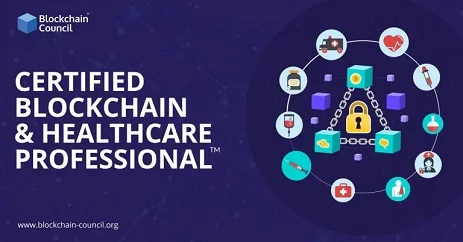
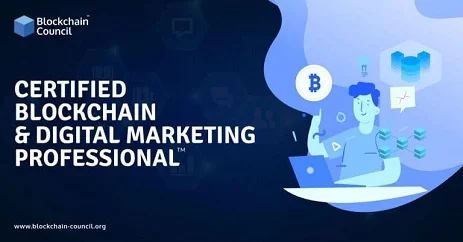

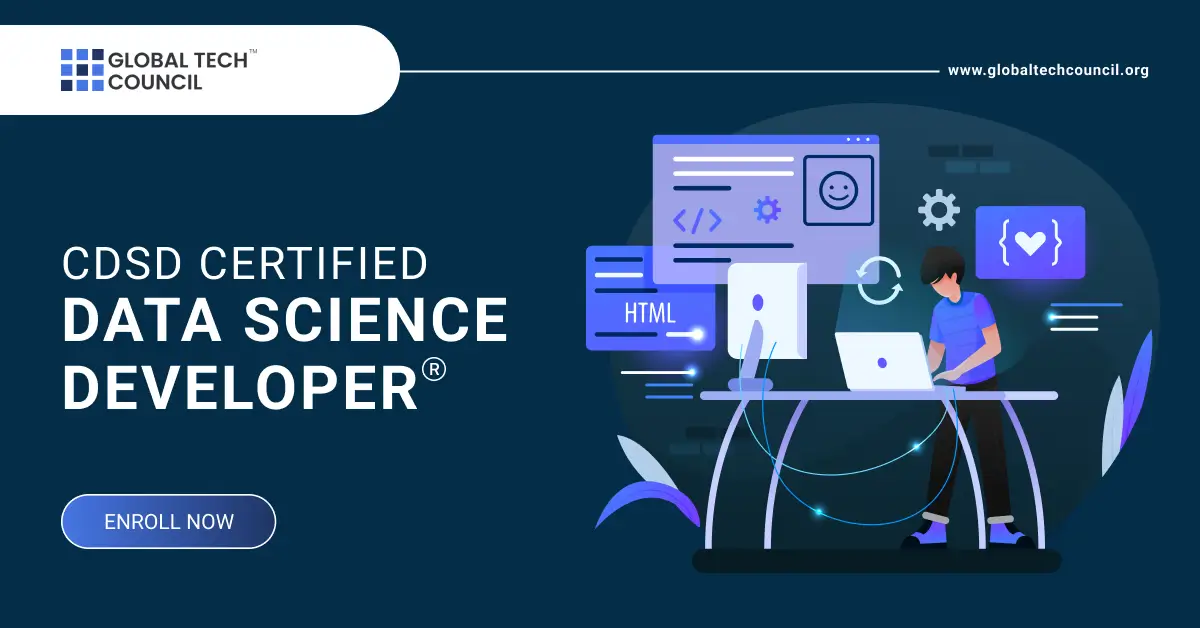


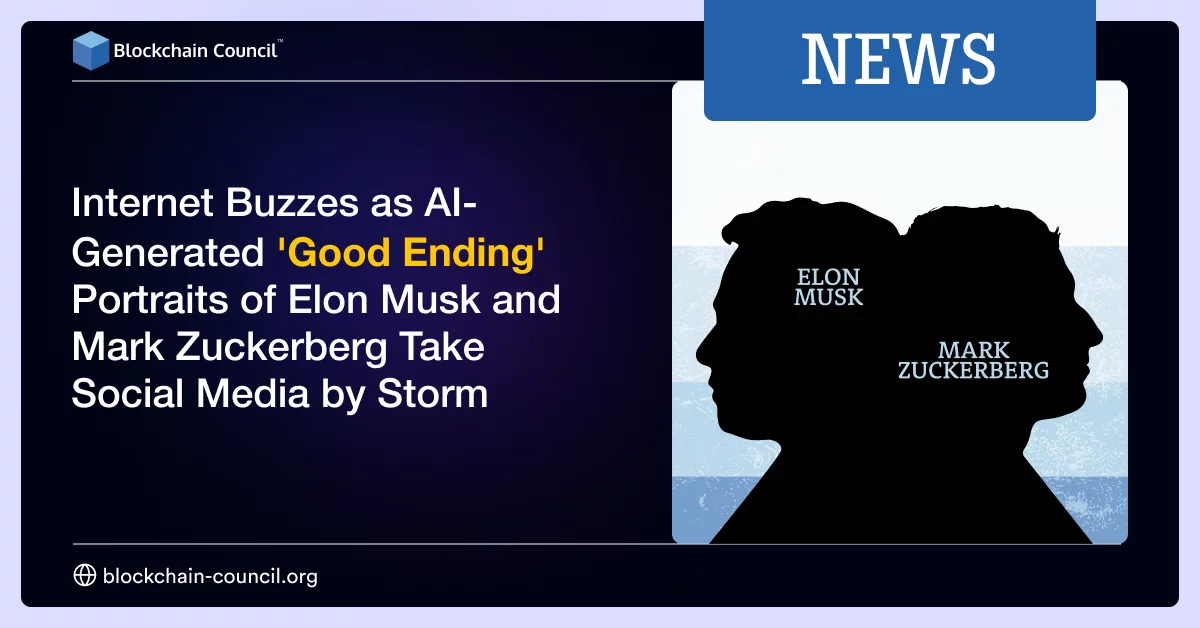
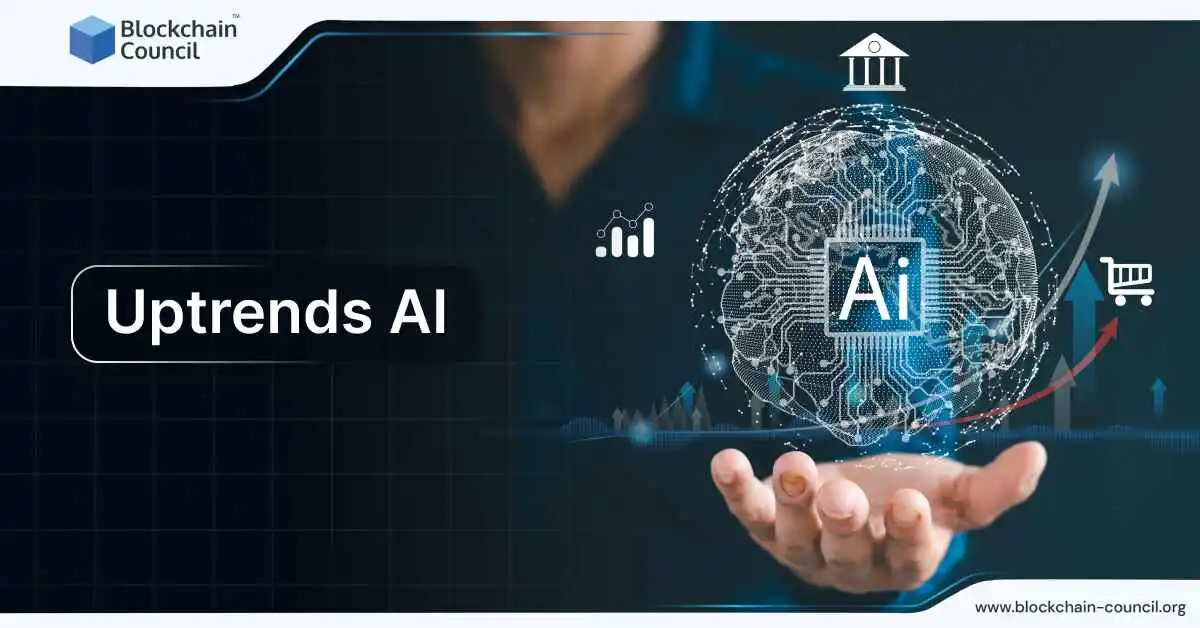
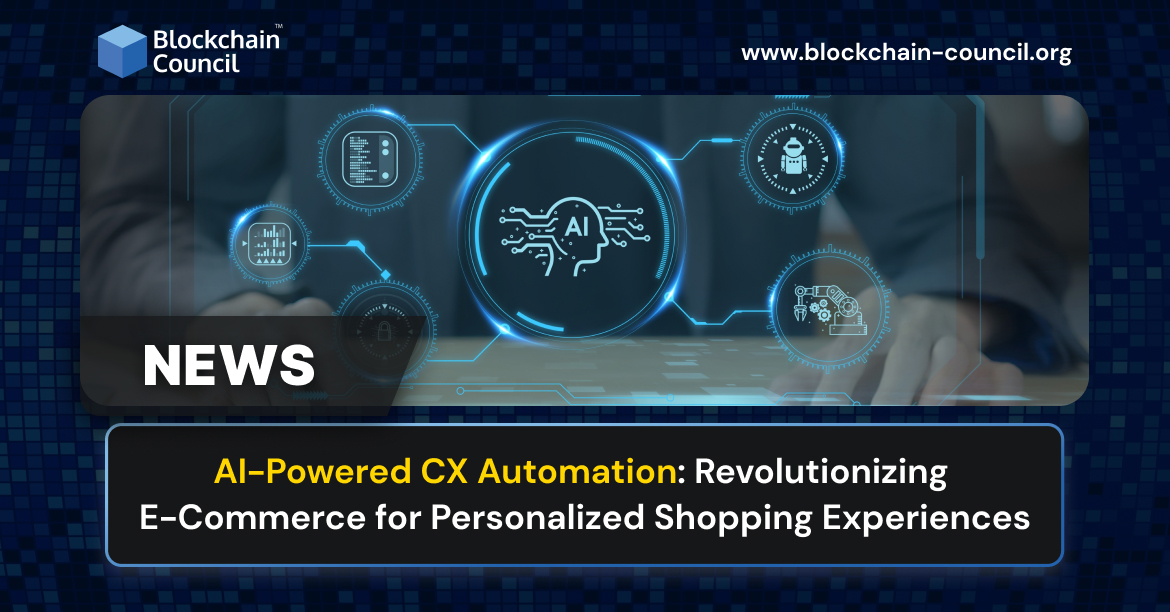
 Guides
Guides News
News Blockchain
Blockchain Cryptocurrency
& Digital Assets
Cryptocurrency
& Digital Assets Web3
Web3 Metaverse & NFTs
Metaverse & NFTs
